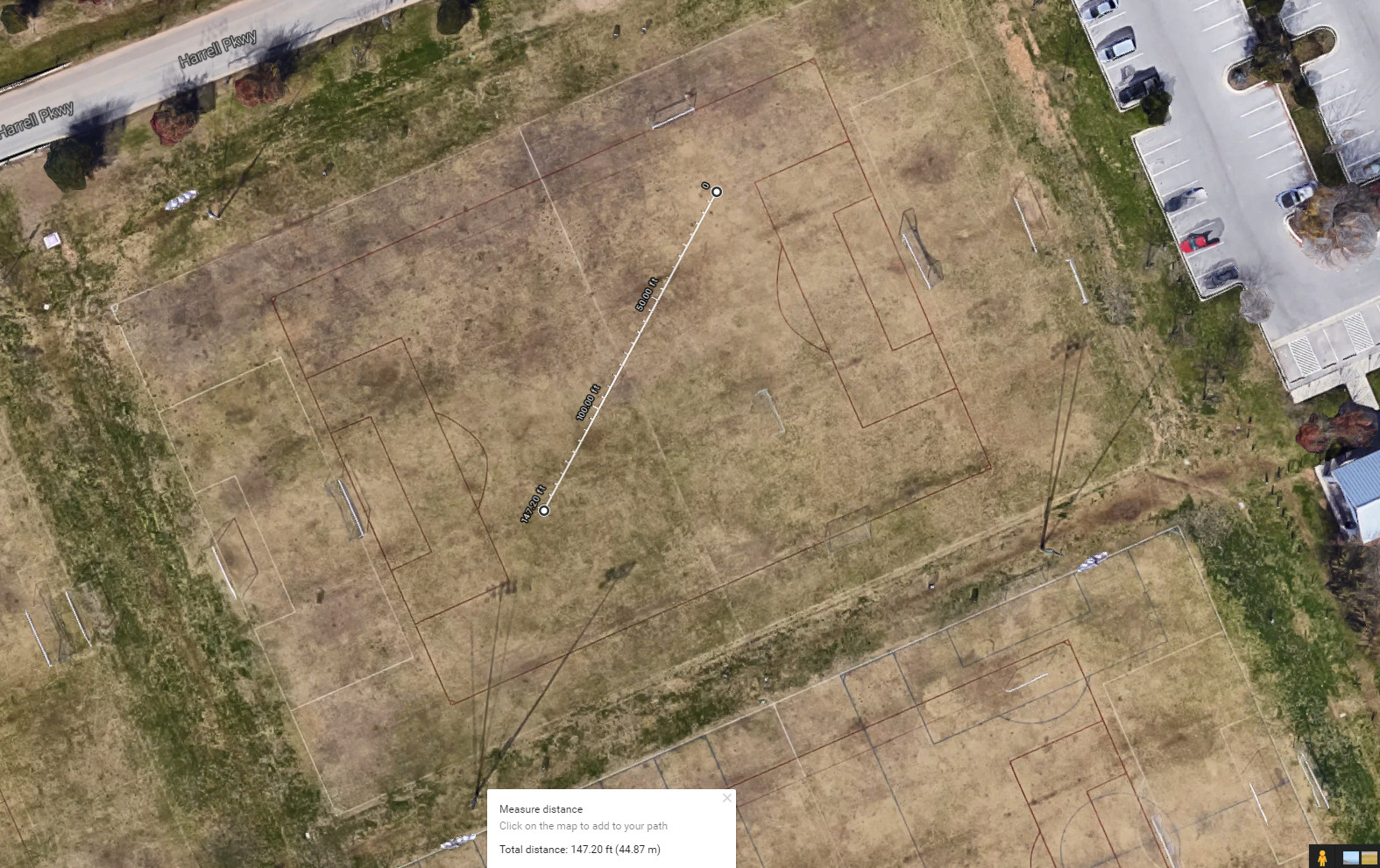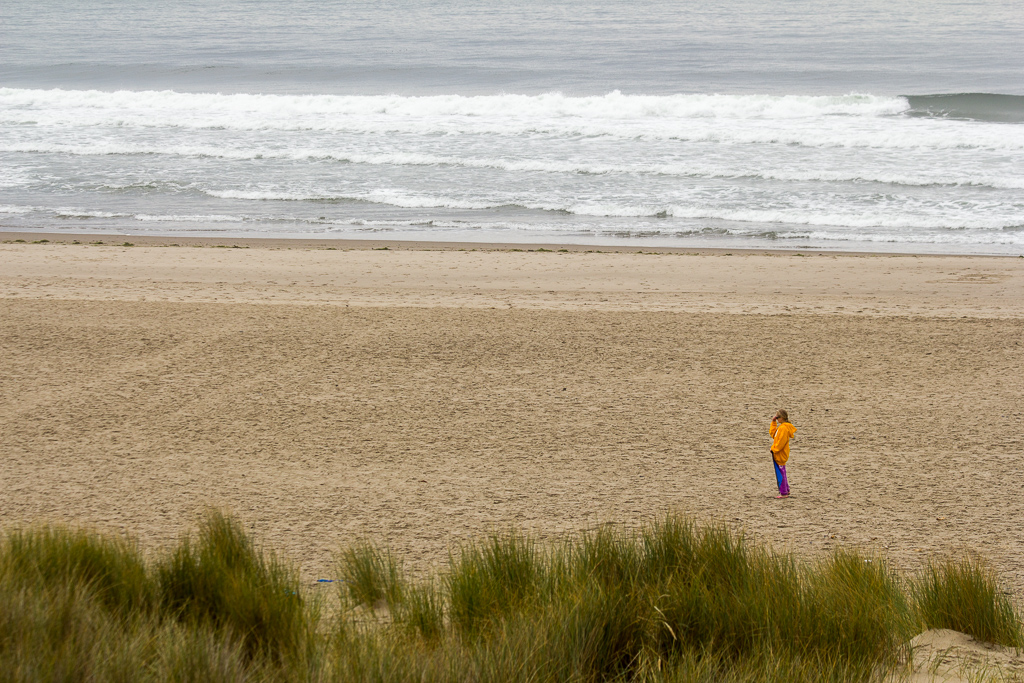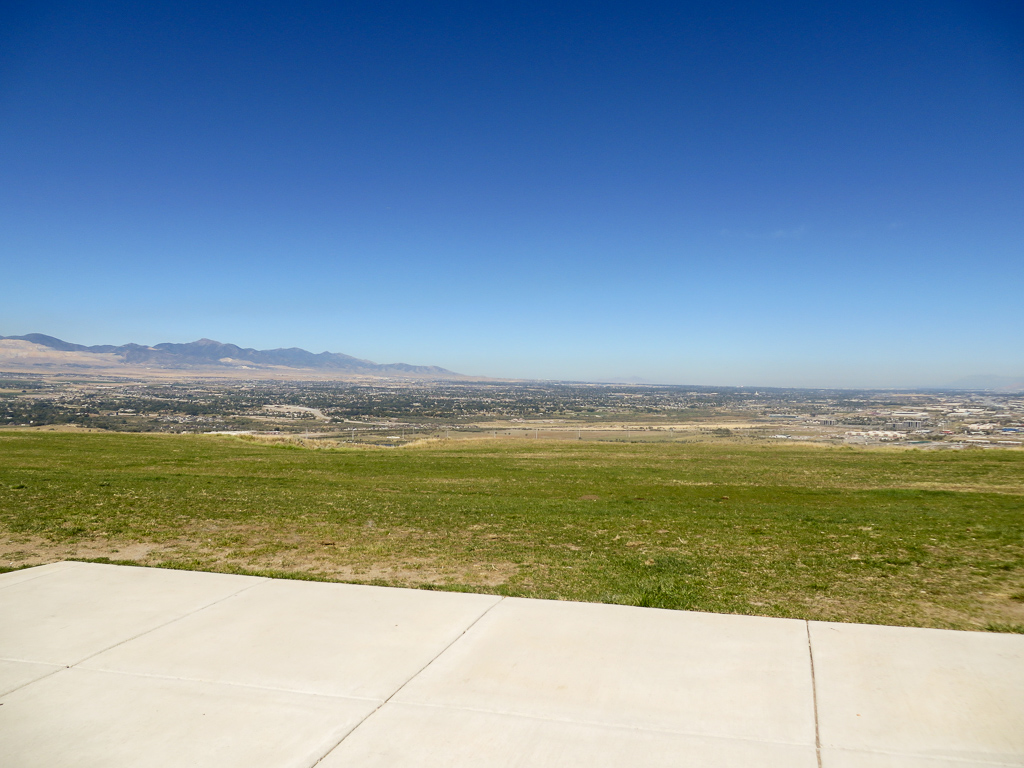I love flying sport kites, and every flyer I know has their own favorite fields. When starting out or when traveling somewhere new you need to find a new field, and sometimes you can’t find locals who know the best spots. I’ve seen the question asked several times before and answered a few times, but a recent post made me realize I should make a more permanent home for the answer:
If you don’t know a spot, how would you go about looking for a spot to fly?
While I’m not a professional flyer I’ve been flying kites off and on for decades, so I’ve had to find plenty of new fields.
These days the first tool I open is Google Maps to the area I want to fly in.

Find the Land
In general, start searching the map for public parks and any public land you have a right to be, like beaches or deserts or grazing land or greenbelts or any of the simple open spaces in remote places. You might also consider private land if you can get permission from the owners. You don’t want to pick a private field where the owner will come out and kick you off midway through, or have a police officer escort you off the land. In cities I start looking for green boxes for parks. On beaches Google Maps often shows that an entire beach is part of a park complex, but watch out for private property.

The easiest search is to find public sports fields. A park with two side-by-side soccer / football fields will have enough space; one alone might have enough space around it. A single cricket field has plenty of room. The biggest concern of sports fields is that they’re used for sports teams, especially on evenings and weekends. That’s great news for flying on weekday mornings or over lunchtime since they’re generally vacant, not so great if you’re planning for a Saturday morning.
Whatever field you find, the area should be clear and generally flat so you’re not dodging objects or constantly climbing up and down as you move. It should have short or mowed grass, sand, gravel, packed earth, or otherwise be walkable during flight and also free of snags when your kite is grounded. Falling backwards over a rock can be painful and frightening. It’s also difficult to fight prickly weeds or bushes that can damage your lines. Switching to Earth view (used to be called Satellite view) will let you look at the terrain generally. Google’s street view might give additional perspectives.
Don’t just look at the ground, for power lines and kite-eating trees.
The area also needs enough space for your lines. Right click on your chosen field in the map, and it will pull up the menu, choose “measure distance”, then click on the other side of the field. It should display a small ruler. If you’ve got 80 foot (25 meter) lines, measure out about 100 feet (30 meters). If you’ve got 120 foot (36 meter) lines measure out about 140 feet (45 meters). More space is better, but you need at least enough for the full length plus some room to walk around.
It is also possible to fly over other surfaces, but I wouldn’t recommend it for anyone who would need to read this. Flying over buildings is sometimes done, but requires skill and may be subject to local laws. Crashing on pavement can break your kite, and pavement is slippery making it difficult for stunt kites to stand for launch. Flying over water (and even under water) might be fun but it isn’t for beginners.
Find the Wind
Winds are not the same everywhere. Two neighboring fields can have different fields due to local winds.
On the Grand Scheme of Things wind flows from higher pressure to lower pressure and along predictable global patterns. Unfortunately it can be a windy day generally, but your specific field may not have enough wind to fill even the lightest sail.
On the local scale, small details affect winds. Temperatures affect motion, so cold water next to warm land create local winds around lakes. Hot dark pavement creates natural updrafts. Air also moves around things like trees and buildings. Trees tend to reduce the wind around them (that’s in addition to eating kites) but many parks are ringed with trees. Buildings have unique wind patterns around them, sometimes causing strong continuous winds, other times blocking wind.
Fields located in a bowl tend to have less wind, so note parks at bottoms of hills and fields surrounded by tall trees. Fields located on a terrace or higher above surrounding terrain tend to have more wind. Fields near a sharp terrain drop can have strong wind patterns. In Google Maps, switch to the terrain tool to look at the environment. Note that these are general guidelines, there are sometimes fields with consistently good wind that are surrounded by trees, and there are sometimes fields that are on hill crests that tend to not have strong winds.

Check the Forecast
Once you have a destination, look up wind forecasts in the area. There’s not much point in going out to the field if there is no wind at all, or when you’ll be facing winds strong enough to shred your kite. Usually the wind forecast is good for several days out.
My first site is the US National Weather Service forecast page for my area. Scroll down a bit on the page and look for the map, then scroll around and click on your area. The spot forecast is for a tiny area, sometimes less than 4 square miles. Once you’ve got the park’s spot forecast, use the hourly chart to see their forecast. Check the expected wind, but also check temperature, cloud cover, and lightning risk. Lightning and kites don’t mix, so watch for those little red bars.
I also like Windfinder. They have a global wind forecast so you can see broad patterns. They also have links for detailed forecasts at many parks and airports. The superforecast for a nearby site should give even more accurate predictions on an hourly basis. The thing I like most about the site is the range. Even though the NWS might say winds are 9 knots, the Windfinder site might say 7 with gusts to 24, or might say 9 with gusts to 12. The wind range lets me know if I’ll be facing smooth sailing, turbulent gusts, or wind that is frequently cutting out.

Go Fly
Watch the forecast. If the winds are even close to your kite’s ideal wind levels you should try to put that kite in the air.
There are many different types of kites. There are the cheap plastic kites that work well at 10-15 mile per hour wind. You can get kites that go down to zero wind and can be flown indoors. You can get kites designed for winds at 30+ miles per hour, that’s about the windiest most people are comfortable.
Try a few fields, see which works best for you. Soon enough you’ll discover your own favorite kite fields with great winds.
